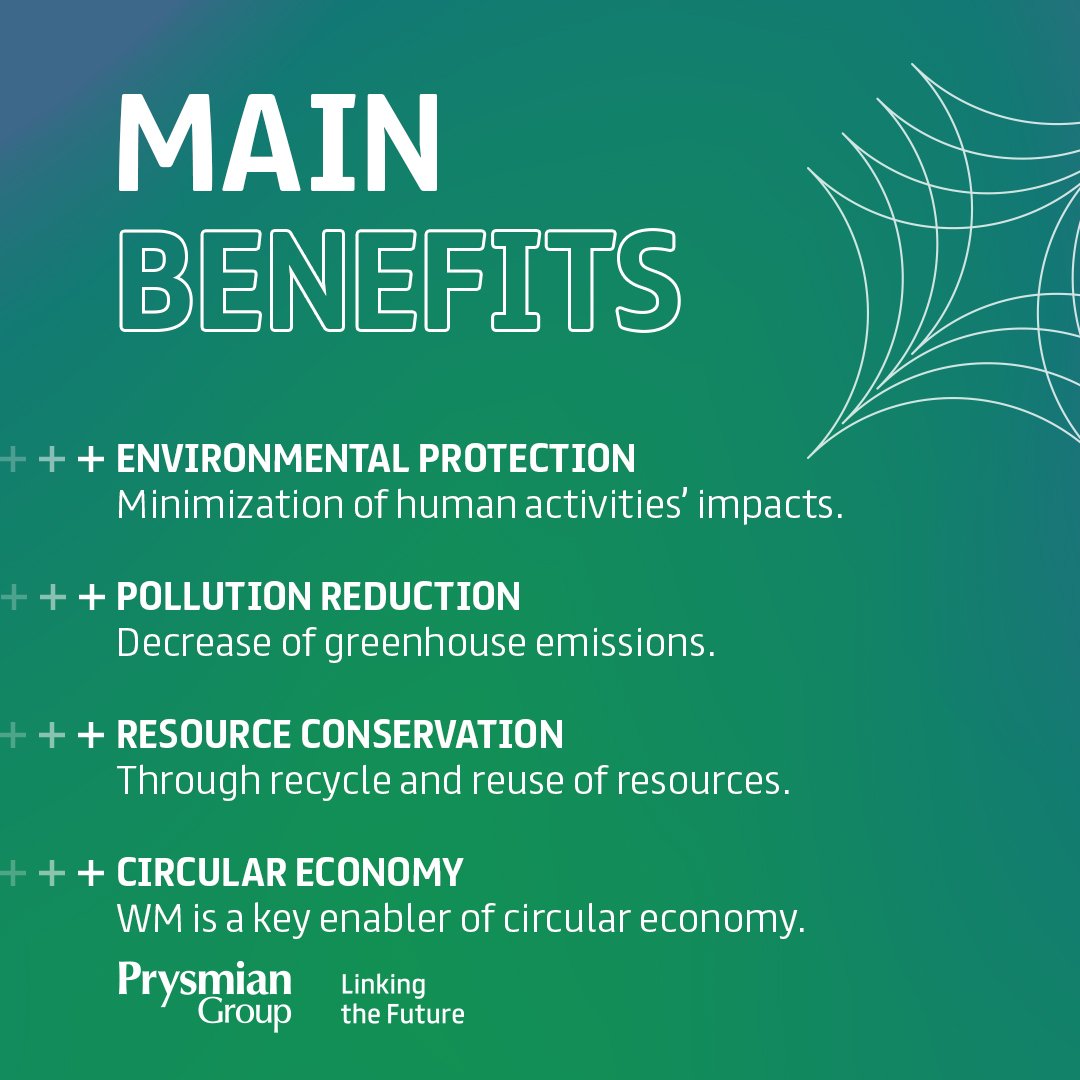All about Reclaim Waste
Table of ContentsAbout Reclaim WasteThe smart Trick of Reclaim Waste That Nobody is DiscussingSome Known Facts About Reclaim Waste.All about Reclaim WasteGetting The Reclaim Waste To Work
Domestic sewer waste refers to the waste and items from a residential septic tank. The proper administration and disposal of domestic sewer waste call for liquid waste to be transferred to a sewer treatment plant where the appropriate techniques and equipment are applied to purify and dispose of waste.
Industrial waste often consists of potential threats, such as flammable products or a blend of liquid and strong waste items, and needs an advanced and comprehensive disposal procedure. The disposal of business waste commonly involves the filtering of waste before transportation to guarantee secure and proper disposal. Hazardous waste is developed from results and drainage of industrial processes and manufacturing.
This type of waste can not utilize the same sewer administration transportation or procedures as septic or business fluids. The hazardous waste monitoring process calls for the examination and testing of fluid waste before it goes through the disposal process (industrial wastewater treatment). Drainage waste is the fluid waste that comes from drainage and excess stormwater in extremely booming locations or cities
Drainage waste can cause contamination and flooding if not managed properly. Find out more concerning sewer cleansing and waste monitoring. Making sure proper waste administration can prevent calamities and reduce environmental harm. Both individuals in property setups and experts in industrial or production sectors can gain from understanding the procedures and laws of fluid waste administration.
More About Reclaim Waste
Contact PROS Services today to learn about our waste monitoring and disposal solutions and the correct methods to care for the liquid waste you create.
(https://www.goodreads.com/user/show/183557660-leon-aube)Do you understand what takes place to your water when you end, purge the bathroom or drain pipes the cleaning machine? No? Well, it deserves knowing. This so-called 'wastewater' is not just an essential resource but, after treatment, will certainly be released to our land, waterways or the ocean. Utilized water from bathrooms, showers, bathrooms, kitchen area sinks, laundries and industrial processes is recognized as wastewater.

water made use of to cool down machinery or tidy plant and equipment). Stormwater, a form of wastewater, is overflow that moves from farming and urban areas such as roofs, parks, yards, roadways, courses and seamless gutters into stormwater drains pipes, after rainfall. Stormwater flows unattended straight to regional creeks or rivers, at some point getting to the sea.
3 Easy Facts About Reclaim Waste Explained
In Queensland, a lot of wastewater is dealt with at sewage therapy plants. Wastewater is moved from residential or commercial sites with a system of sewage systems and pump stations, recognized as sewage reticulation, to a sewer treatment plant. Regional governments build, preserve and run most sewage treatment plants. Operators are licensed under the Environmental Management Act 1994 to release cured wastewater at an acceptable ecological requirement right into rivers.
The Division of Natural Resources recommends city governments concerning handling, operating and keeping sewerage systems and treatment plants. In unsewered areas, neighborhood federal governments might require homeowners to set up specific or home sewage therapy systems to deal with residential wastewater from commodes, cooking areas, shower rooms and laundries. The Division of Natural Resources authorizes using family systems when they are proven to be effective.
The majority of stormwater gets no treatment. In some new communities, treatment of some stormwater go to these guys to remove clutter, sand and gravel has actually started making use of gross toxin traps. Wastewater treatment takes place in 4 phases: Gets rid of solid matter. Larger solids, such as plastics and various other things wrongly discharged to sewers, are eliminated when wastewater is passed with displays.
Wastewater then flows right into big containers where solids resolve and are removed as sludge. Grease and residue are skimmed from the surface area. Uses tiny living organisms understands as micro-organisms to break down and remove continuing to be dissolved wastes and great fragments. Micro-organisms and wastes are included in the sludge. Removes nitrogen and phosphorus nutrients that might cause algal flowers in our rivers and endanger marine life.
The Greatest Guide To Reclaim Waste
Nutrient removal is not readily available at all sewer treatment plants since it calls for pricey specialized equipment. Clear fluid effluent created after treatment may still consist of disease-causing micro-organisms - liquid waste disposal melbourne.

Many wastewater flows right into the sewage system. Under the Act, local governments carry out approvals and permits for ecologically appropriate activities (Periods) including wastewater launches that could have a local impact.
A Biased View of Reclaim Waste
Or else, examples are taken for laboratory evaluation. Typically lots of tests are required to develop the levels of each of the various contaminants such as oils, heavy steels and chemicals in water. Surveillance gives factual info concerning water quality and can verify that licence problems are being satisfied. The information acquired with monitoring gives the basis for making water quality choices.